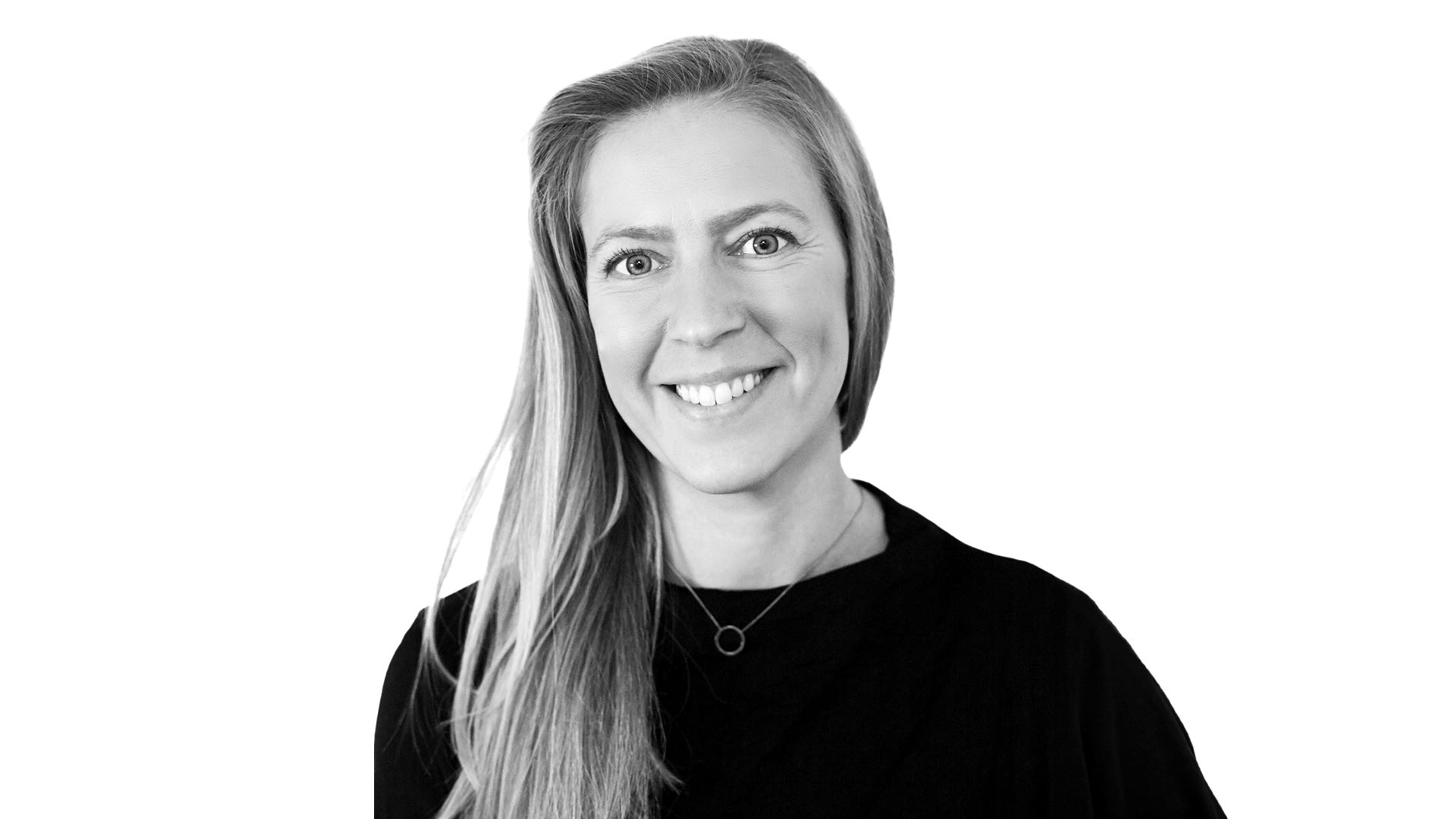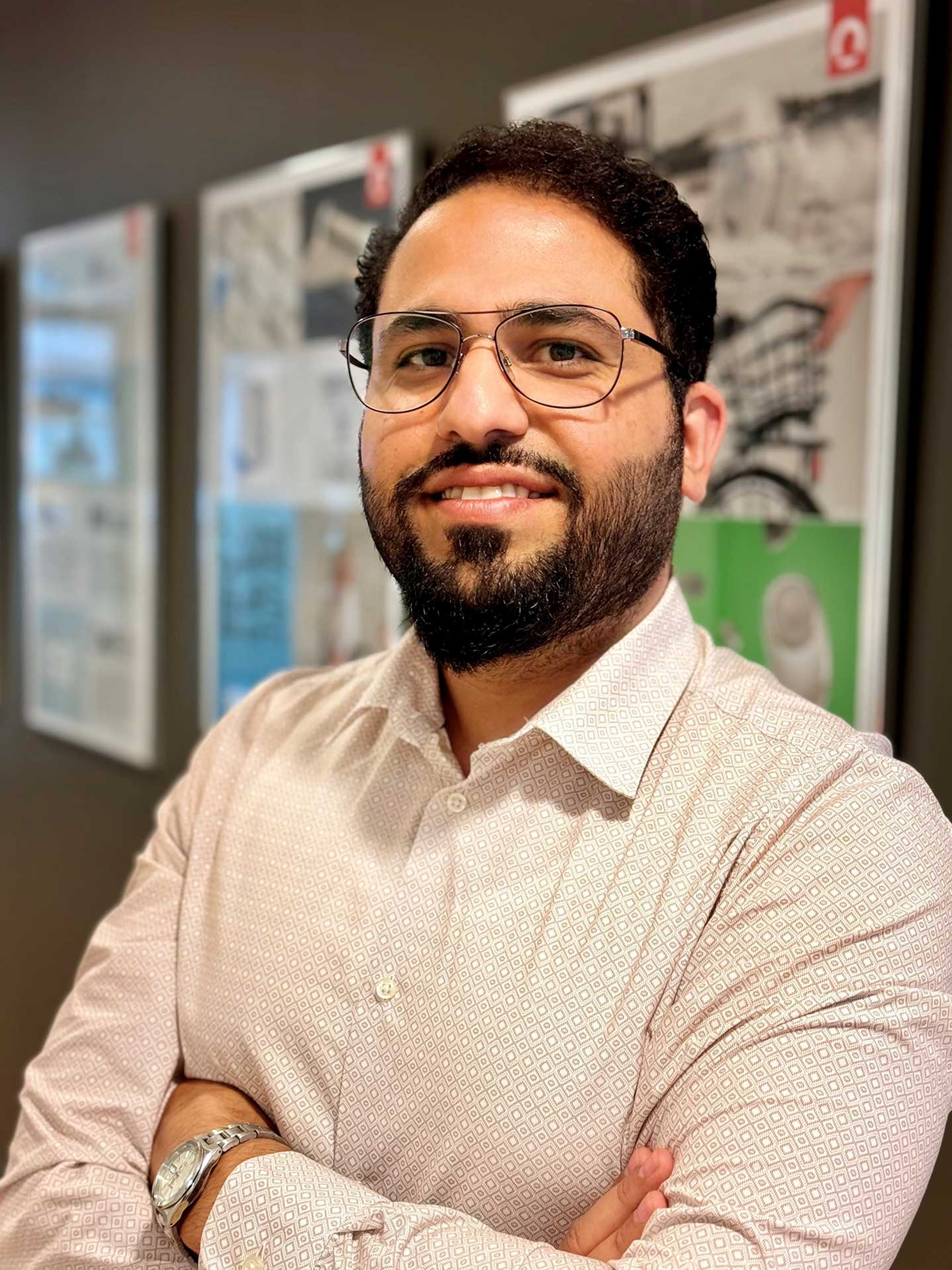Semcon StoriesEnergy
Rethinking energy consumption and the path to sustainable societal transformation
Baard Røsvik’s expertise spans areas such as renewable energy, composites within the defence industry and technology at IBM. To name just a few. Baard has a varied past driven by curiosity and experience from a vast range of industries. His path has led him to what he is today – a passionate advocate for rethinking energy consumption as one step in the ongoing transformation to a sustainable society.

For the last 16 years, Baard has been working at Semcon with varied projects that have all strengthened his vision: Our quality of life is a result of our access to energy.
As humanity shifts away from fossil fuels to sustainable alternatives, the focus today is mainly on securing enough green energy to meet the demands of tomorrow. Governments and businesses alike are so focused on securing supply that they are blind to anything else. This makes them miss an important part of the solution, according to Baard.
“We have a huge responsibility right now to make the correct decisions for the future. I’m afraid we’re too focused on increasing production instead of trying to minimise the energy waste that’s commonplace across all areas of society,” says Baard, who now works with sales and business development at Semcon’s Kongsberg office.
Start by plugging the holes
If your petrol tank is leaking, you would probably fix it instead of shrugging your shoulders and accepting that you will have to add more petrol for the same output. The same applies to our current situation, where energy is wasted on a scale few are aware of. It’s wasted in our cars, in industries, in offices and in how we plan and locate different functions in society.
“Take data centres, for example. Today it’s common to place these operations in rural areas because it’s cheap. But what isn’t considered is that 97% of the vast amounts of energy that these centres consume exit the centres as heat. These facilities should be placed in cities, where the heat can be used in the local district heating system,” says Baard.
More than a third is wasted
In order to develop sustainable solutions to the world’s energy problems, Baard says we must focus on the energy system. For example, whenever electricity is used to generate hydrogen, 70% becomes hydrogen while 30% becomes heat. If we’re not using the heat, 30% of the original electricity is lost. And a hydrogen car transforms hydrogen into electricity, a process that first loses 30% of the original energy when making the hydrogen and then another 30% when the electricity is used to drive the motor, resulting in a combined efficiency of around 50%.
“It’s even worse in a diesel car, where the efficiency is 50% at absolute best. Average efficiency is about 30% and most of the heat produced vanishes into the surrounding environment through engine cooling and the exhausts,” says Baard.
Although important, Baard believes that the main solution to minimising energy waste isn’t found in consumer behaviour. Instead, companies and organisations need to start monitoring how their energy is used in order to identify where energy is being wasted and then address it.
Testing energy efficiency
As a consultant, Baard acknowledges the problem of bringing untested theories to customers. Talk does not weigh as heavily as concrete proof. Semcon in Norway therefore developed a system in Semcon’s workshop that gives a detailed overview of where the energy is going. The team installed meters on every machine and appliance in the workshop in order to get real-time data on how much energy each one of them consumed.
“Today we can see where the energy goes and, with the help of an AI model designed to identify patterns and set alarms, we reached an even higher level of monitoring,” says Baard.
The system sends the data to the cloud, where a user interface makes it accessible to all. There is even a display in the reception area at the Kongsberg office, showing guests and employees the status in real time. The team also identified energy thieves such as poorly insulated doors and a lack of climate control. Yet the project does more than offer entertainment or satisfy the team’s curiosity. The approach may sound simple, but it is also applicable to large-scale industrial operations.
Industries can monitor energy consumption
“We’re currently working together with Boliden at their Odda facility in Norway, which is one of the largest zinc-producing sites in the world. By establishing a new energy monitoring system in their new green zinc production, they can see trends and usage, which helps them monitor the production and make their vast energy consumption more efficient,” says Baard.
The team used the ISO 50001 standard as a guide to develop the monitoring solution. It enables dividing the total energy consumption into significant energy users and developing energy performance indicators for each of them. With this system in place, it’s possible for industries to continuously monitor the consumption.
More sustainable and cost efficient
Through Semcon’s competence and advice in energy management and monitoring systems that display the energy consumption down to a single machine, businesses will gain invaluable data about where the energy goes. The alarms detect anomalies and alert managers about “energy leaks” or malfunctions that can then be addressed immediately. This data can also stop more serious breakdowns and thus save time and money.
“I hope more companies will see that the waste-minimising approach that I’m advocating is actually in everyone’s best interest. And that we need a holistic view to make it work. This is a clear example of when cost efficiency and sustainability go hand in hand – which of course is a prerequisite to make real changes. It pays to save energy – both for your wallet and for the planet,” Baard concludes.
About Baard
Title: Business Developer
Education: Norwegian School of Economics, NHH
Worked at Semcon since: 2008
Typical tasks at work: Challenging the status quo
I have most fun at work when…: generating new ideas and seeing them become reality.


